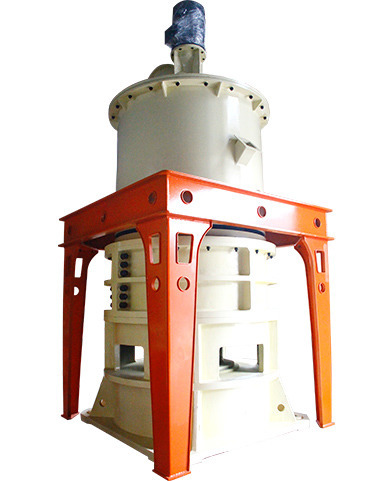What equipment is used to grind quicklime? Using the R-type quicklime Raymond mill machine to configure the production line is enough for a production capacity plan of 0.3-5 tons per hour, which is suitable for investment by individuals and small and micro enterprises.
Quicklime coarse powder mill R series Raymond mill, also known as R-type Raymond mill. It has been updated with advanced new technology, the technical indicators of this product have been greatly improved, and the main technical indicators are in the leading position . Powder machine series products. This product is suitable for grinding limestone, calcite, activated carbon, talc, dolomite, titanium dioxide-powder, quartz stone, bauxite, marble, feldspar, barite, fluorite, gypsum, ilmenite, phosphate rock, Ceramic clay, graphite, clay, kaolin, diabase, coal gangue, wollastonite, slaked lime, zircon sand, bentonite, manganese ore and other non-flammable and explosive materials with Mohs hardness below 7 and humidity within 6% , the fineness of the finished product can be arbitrarily selected between 0.18-0.038mm (80-400 mesh).

【Capacity】:0.3~5t/h
【Product fineness】:80~400 mesh
Quicklime Coarse Pulverizer – Working Principle of R Series Raymond Pulverizer (New)
1. Grinding
The raw materials with suitable particle size are fed into the main machine through the feeding mechanism (vibration/belt/screw feeder or air lock feeder, etc.); the high-speed rotating grinding roller is tightly rolled on the grinding ring under the action of centrifugal force, and the The shovel scoops up the material and sends it to the grinding area formed by the grinding roller and the grinding ring. The material is crushed into powder under the action of the grinding pressure; under the action of the fan, the milled material is blown up through the sorting machine, Those that meet the requirements of fineness pass through the sorting machine, and those that do not meet the requirements are stopped by the sorting machine and return to the grinding chamber to continue grinding.
2. Dust collection
1)Closed-circuit system: The selected qualified materials are blown into the cyclone collector through the pipeline, and the material and gas are separated by the action of the cyclone, and the collected materials are sent to the next process through the discharge valve. The separated airflow enters the main engine through the action of the fan and participates in the next cycle; after the excess airflow in the system passes through the pulse dust collector, it is discharged into the atmosphere to ensure the stable operation of the system; the collection efficiency of the pulse dust collector reaches 99.99%, ensuring that the emission meets environmental protection standards .
2)Open circuit system: The selected qualified materials are blown into the pulse collector through the pipeline, and the material and gas are separated through the action of the filter bag, and the collected materials are sent to the next process through the discharge valve. The separated airflow enters the exhaust pipe and is discharged into the atmosphere through the action of the fan; the collection efficiency of the pulse dust collector reaches 99.99%, ensuring that the discharge meets the environmental protection standard.
3. Finished product handling
The unloading valve below the cyclone/pulse collector can be directly bagged and packaged by the packaging machine, or directly loaded into the truck for transportation by the bulk machine, and can also be sent to the finished product warehouse for storage through the conveying mechanism.












